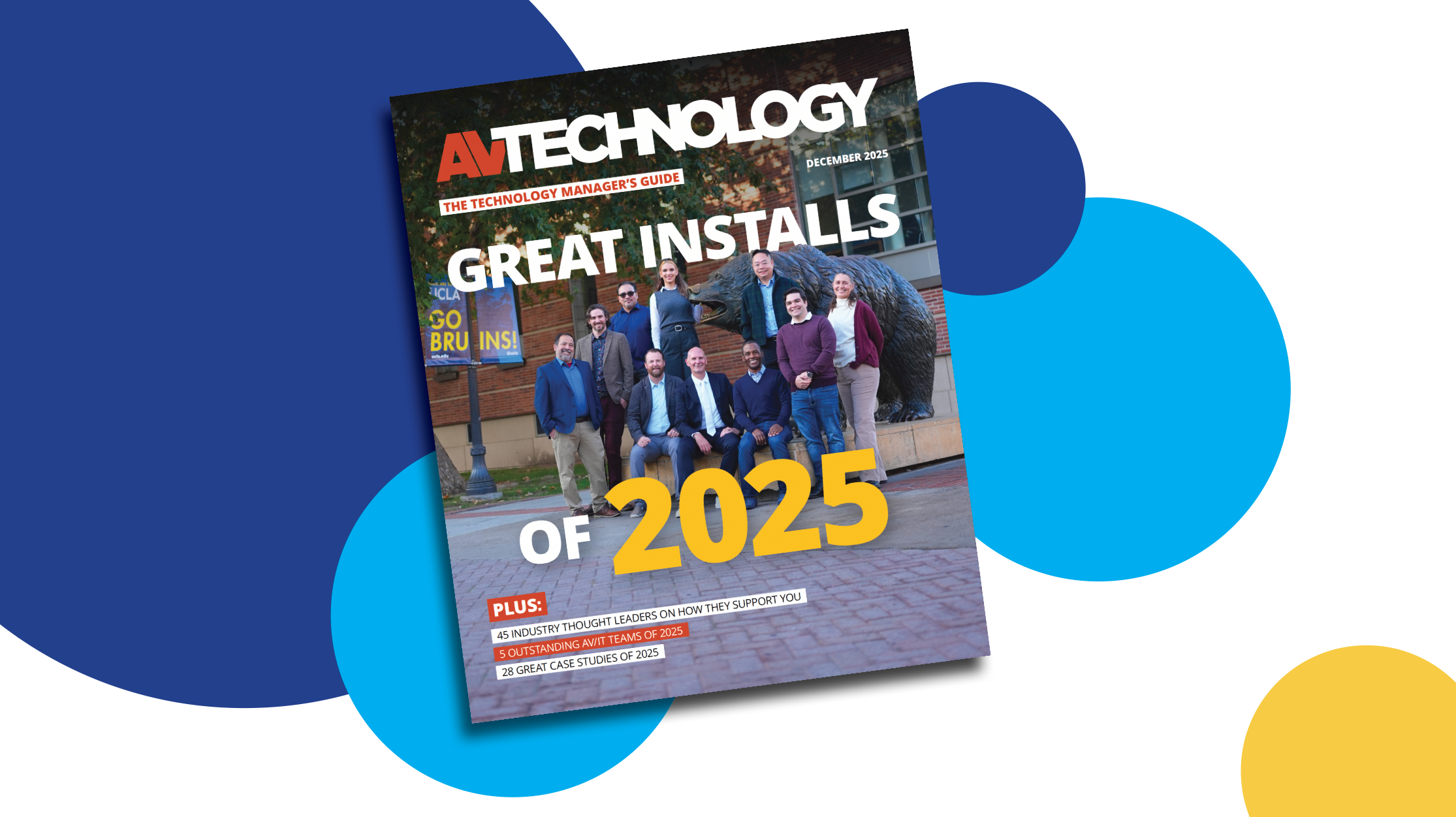On Esports: Listen Technologies
Carrie Kaumans, Corporate Channel Marketing Manager at Listen Technologies shares insight into setting up an esports program in higher education.

AVT Question: Please share insight into setting up an esports program within higher education at any level, including the technologies that make a difference and the elements that create an immersive experience for athletes and spectators alike.
Thought Leader: Carrie Kaumans, Corporate Channel Marketing Manager at Listen Technologies
Assistive listening systems play an important role in creating immersive experiences for esports athletes and spectators. Assistive listening systems can support athletes and spectators with chronic or situational hearing loss by filtering out ambient noise and delivering audio from games and commentators directly to listeners’ ears via earbuds or headphones connected to receivers. Audio over Wi-Fi assistive listening systems let listeners use their personal smartphones as receivers, so there’s no equipment to check out or return. They simply download a free app on their smartphone, select a channel, and listen to clear, intelligible audio in their ears. If they wear Bluetooth-enabled hearing aids or cochlear devices, they can stream audio from their smartphone to these devices.
Audio over Wi-Fi assistive listening systems let listeners use their personal smartphones as receivers, so there’s no equipment to check out or return." —Carrie Kaumans, Corporate Channel Marketing Manager at Listen Technologies
Assistive listening systems help players and fans overcome the challenges of hearing loss, distance from the audio source, background noise, language, and acoustics that can make hearing difficult, detract from the gaming experience, and prevent participants from fully engaging in esports.
When selecting an assistive listening system for esports, consider who will be using the technology. Do they prefer to borrow equipment or BYOD? Select a system they are likely to use.
Also consider the unique challenges of the space. The esports arena in the Digital Creative Lab at the University of Southern California (USC), for example, is enclosed, and there is a collaborative space adjacent to the arena. To ensure everyone in the collaborative space can experience what is happening inside the enclosed arena, USC selected an audio-over-Wi-Fi assistive listening system. Spectators can follow the action by streaming the audio from the gaming and the instructor in the esports arena. Gamers and spectators with hearing loss can also use the streamed audio for assistive listening.
[On Next-Gen Audio: 15 Thought Leaders]
A daily selection of features, industry news, and analysis for tech managers. Sign up below.

Cindy Davis is the brand and content director of AV Technology (AVT). She was a critical member of the AVT editorial team when the title won the “Best Media Brand” laurel in the 2018 SIIA Jesse H. Neal Awards. Davis moderates several monthly AV/IT roundtables and enjoys facilitating and engaging in deeper conversations about the complex topics shaping the ever-evolving AV/IT industry. She explores the ethos of collaboration, hybrid workplaces, experiential spaces, and artificial intelligence to share with readers. Previously, she developed the TechDecisions brand of content sites for EH Publishing, named one of the “10 Great Business Media Websites” by B2B Media Business magazine. For more than 25 years, Davis has developed and delivered multiplatform content for AV/IT B2B and consumer electronics B2C publications, associations, and companies. A lifelong New Englander, Davis makes time for coastal hikes with her husband, Gary, and their Vizsla rescue, Dixie, sailing on one of Gloucester’s great schooners and sampling local IPAs. Connect with her on LinkedIn.
